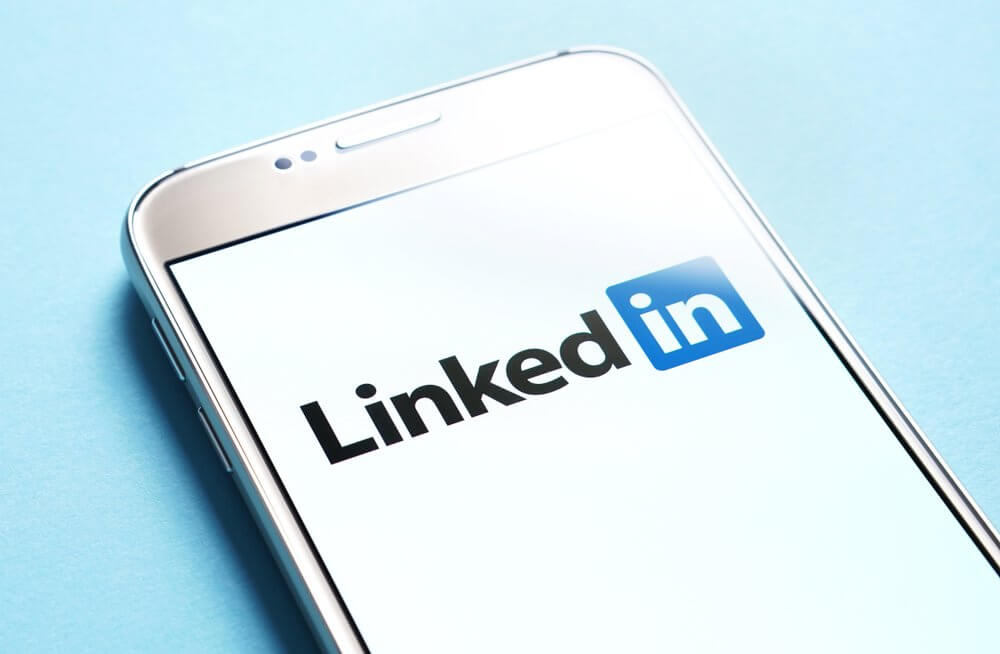Sydney
Level 6, 11 – 31 York Street
Sydney NSW 2000 Australia

LinkedIn is the world’s largest networking platform, with over 660 million users, offering endless potential to connect & interact with contacts, co-workers, clients, and recruiters – not to mention find job opportunities.
It’s also an important professional tool to help build your brand, develop an online CV, and share/tap into industry news.
LinkedIn is powerful when used properly and can open doors in your career. It’s also free, which is a bonus!
Here are our top tips to use LinkedIn like a pro: